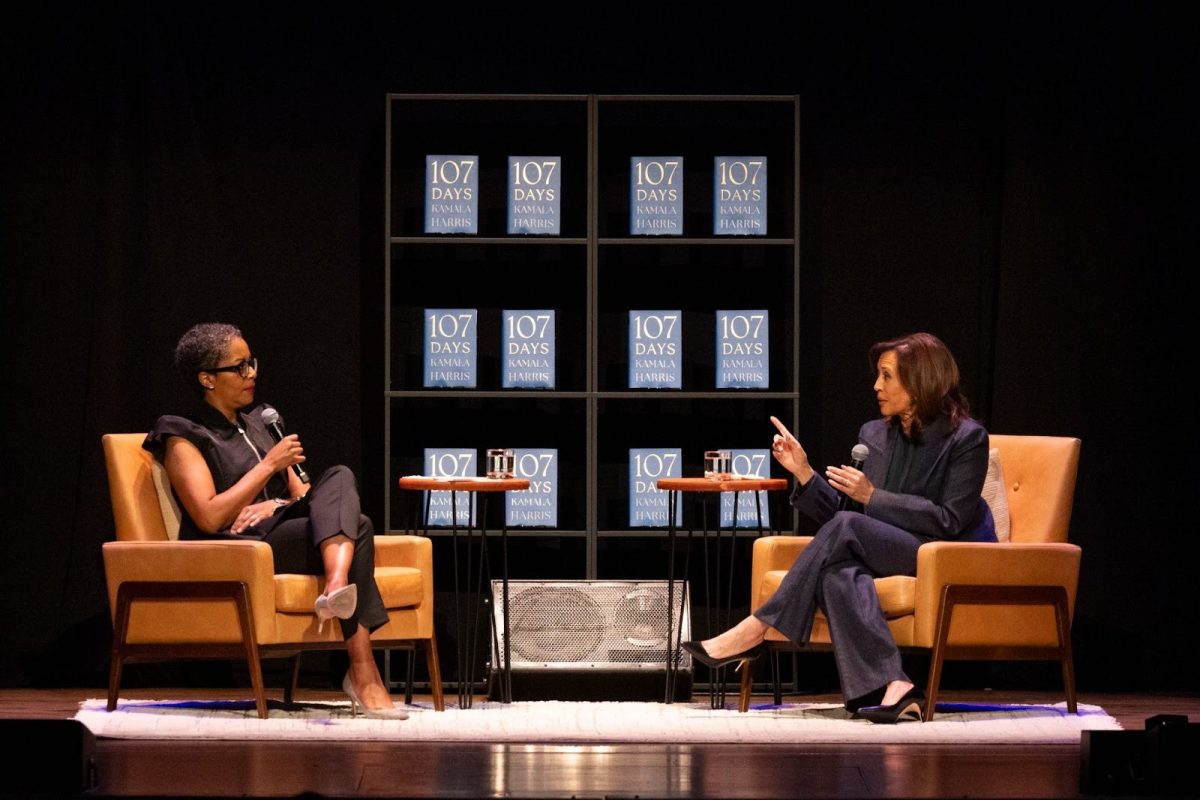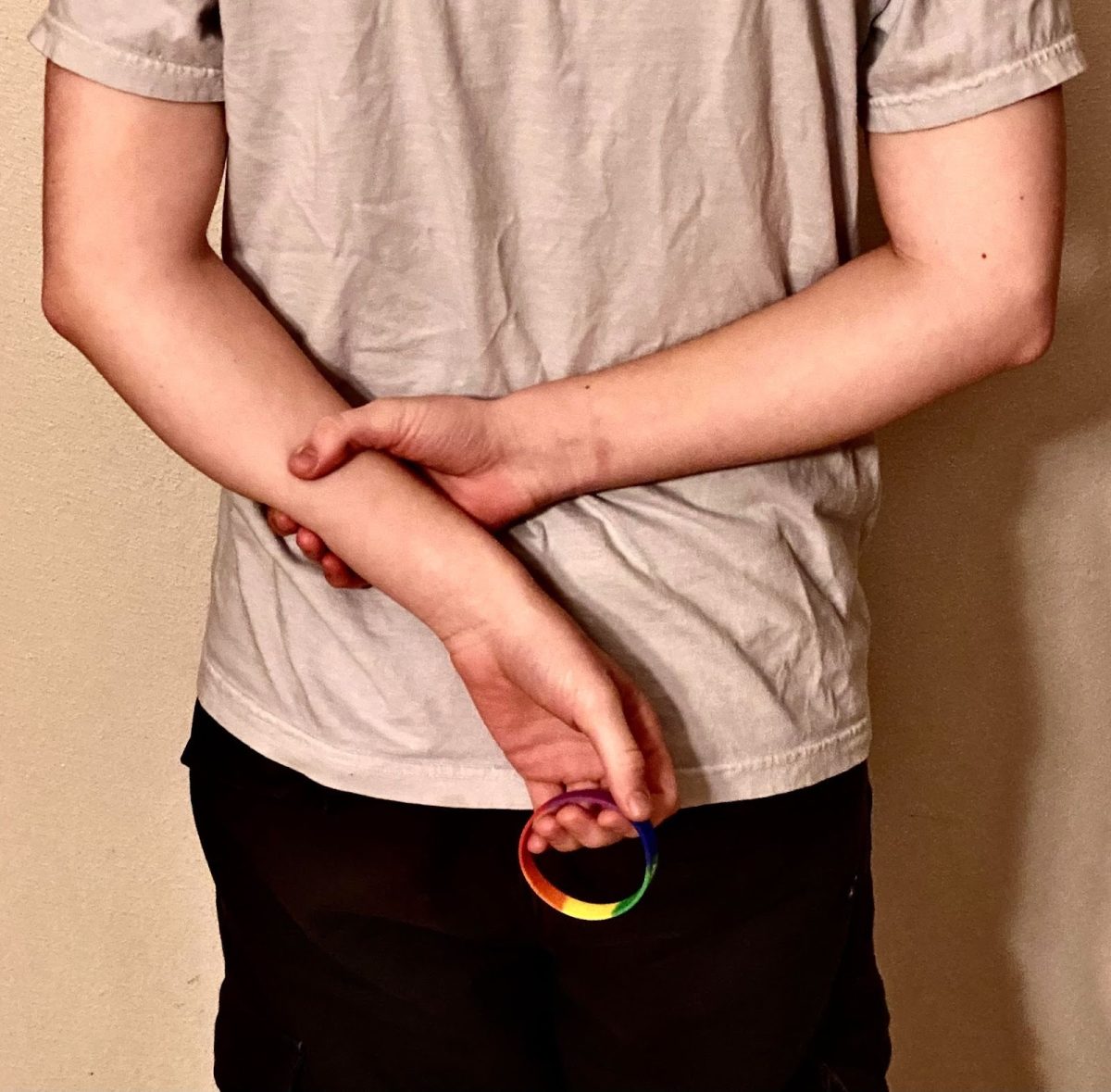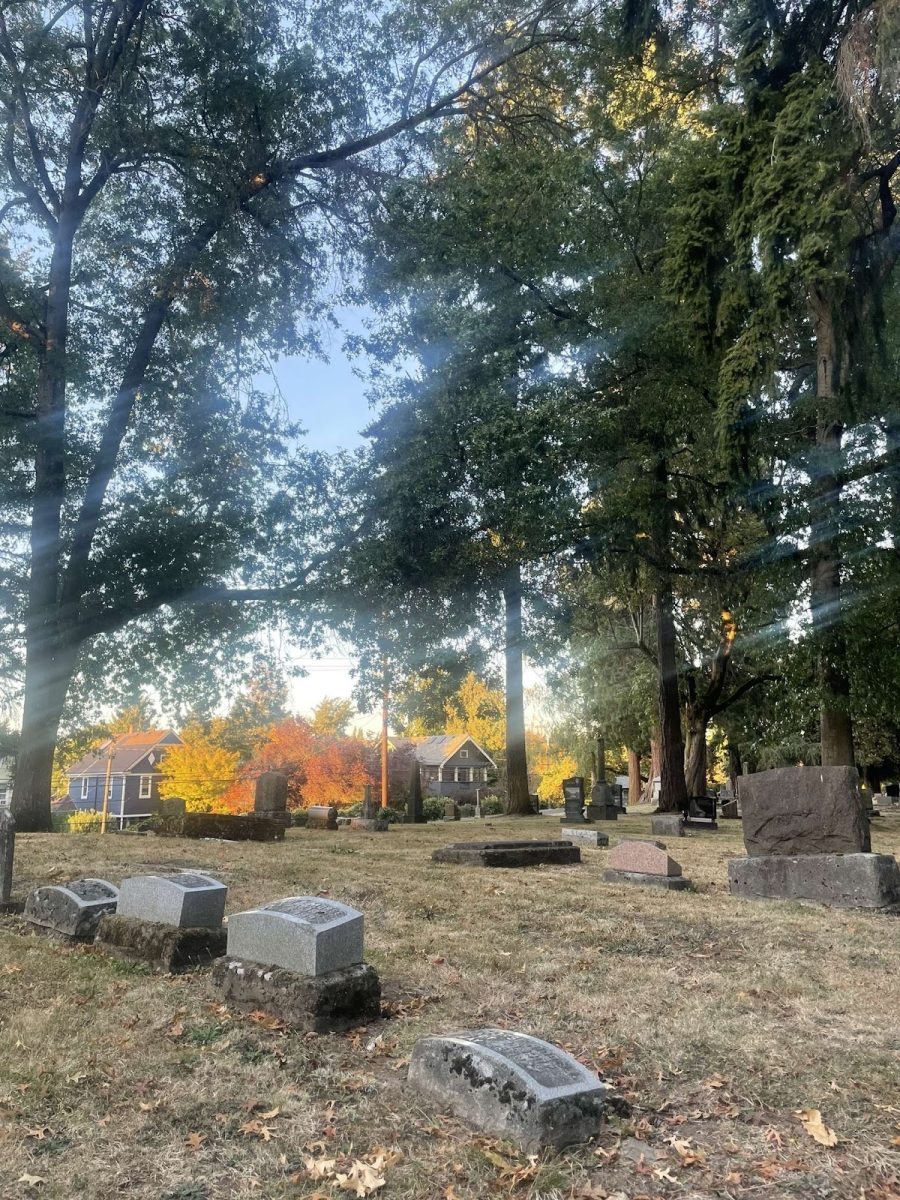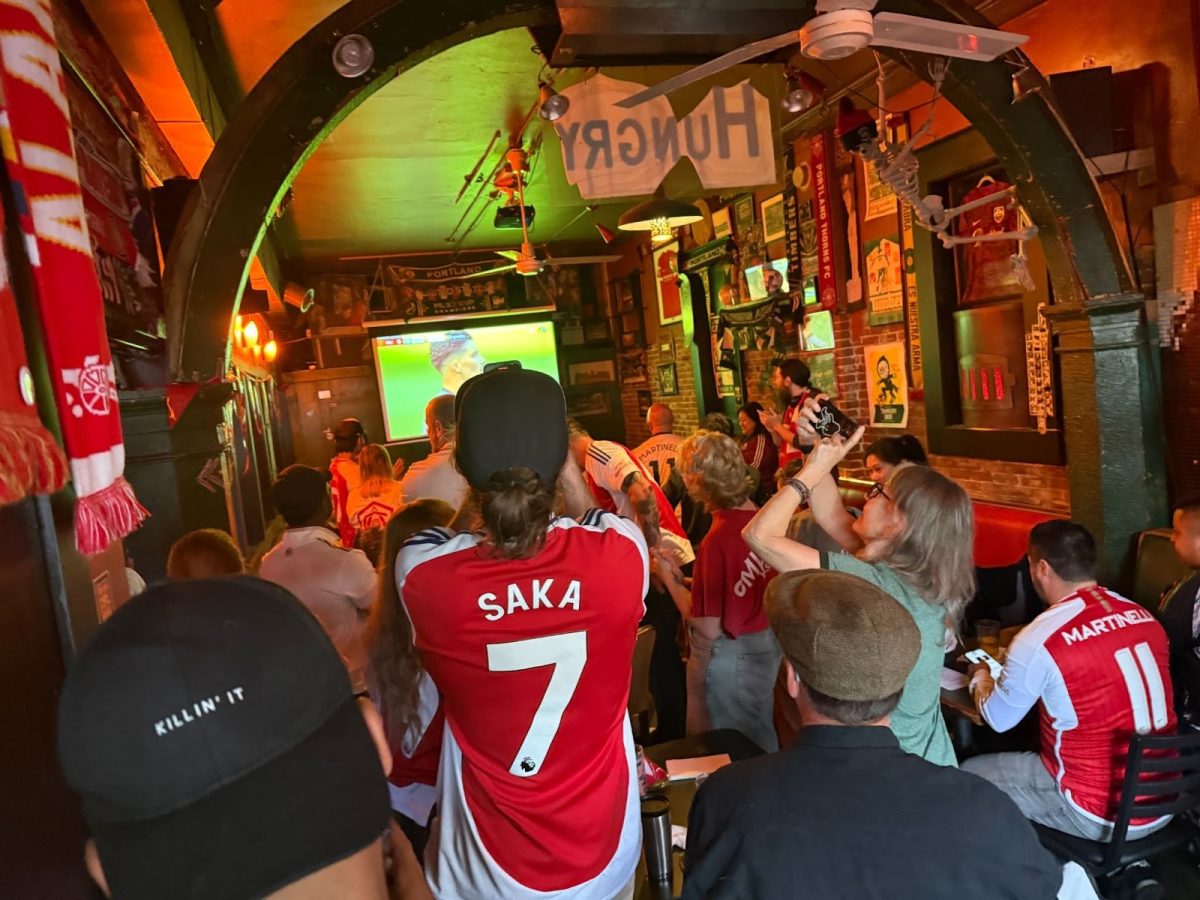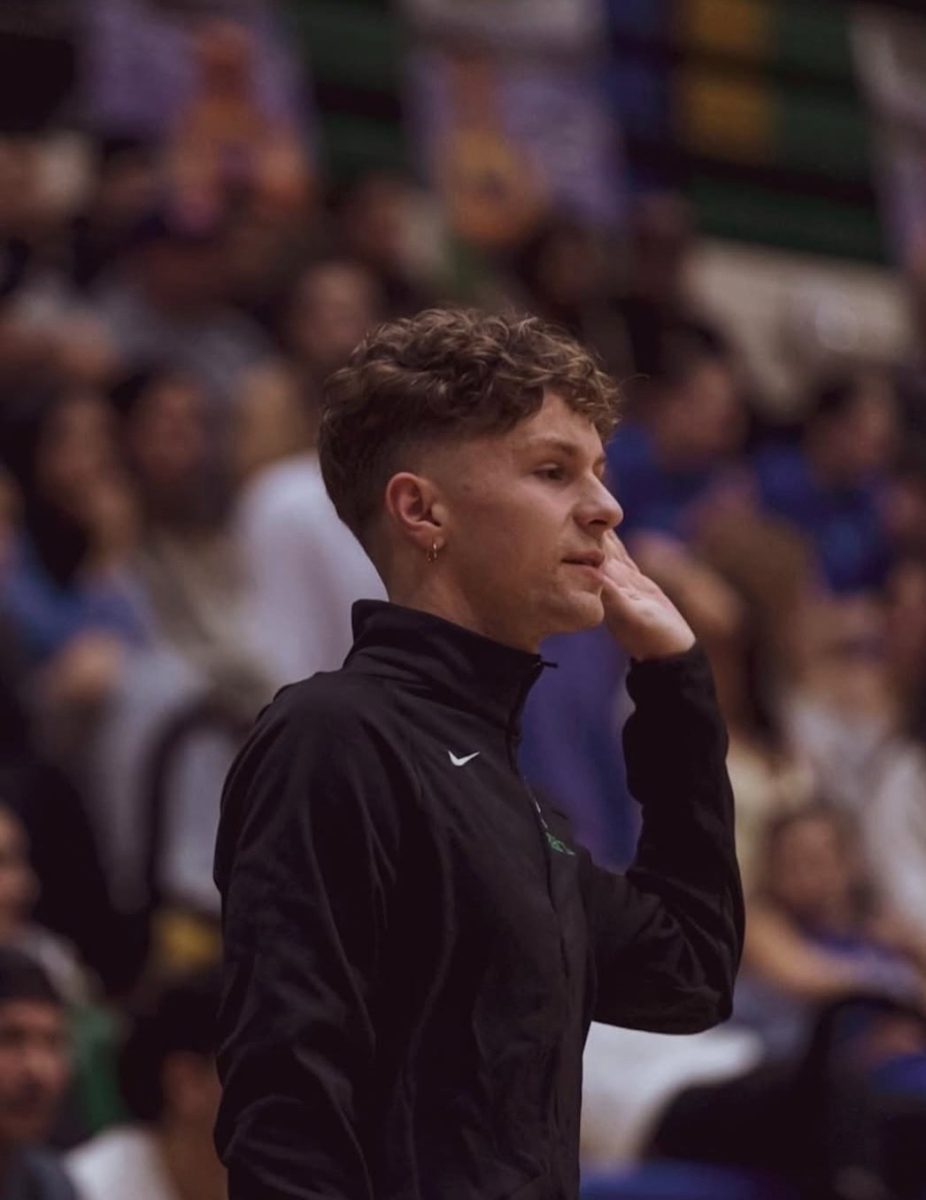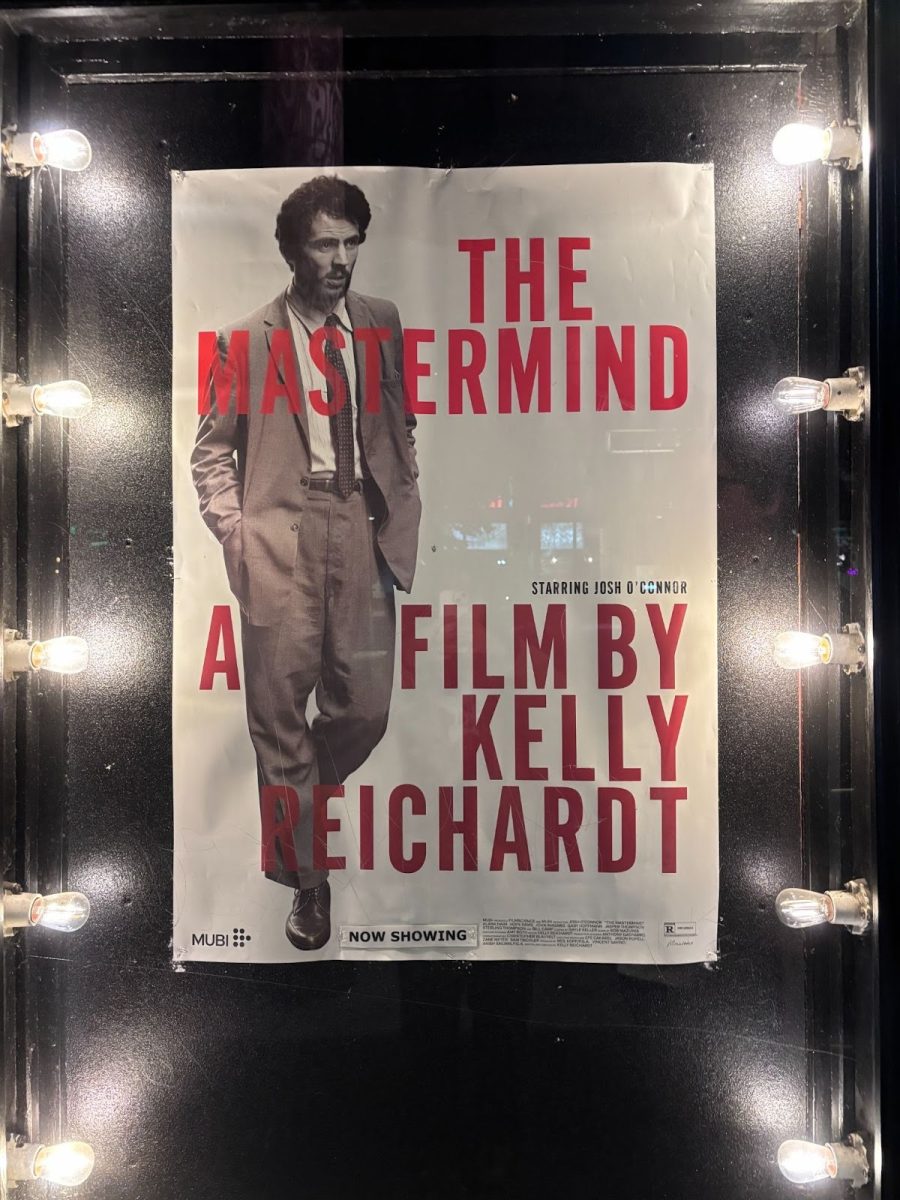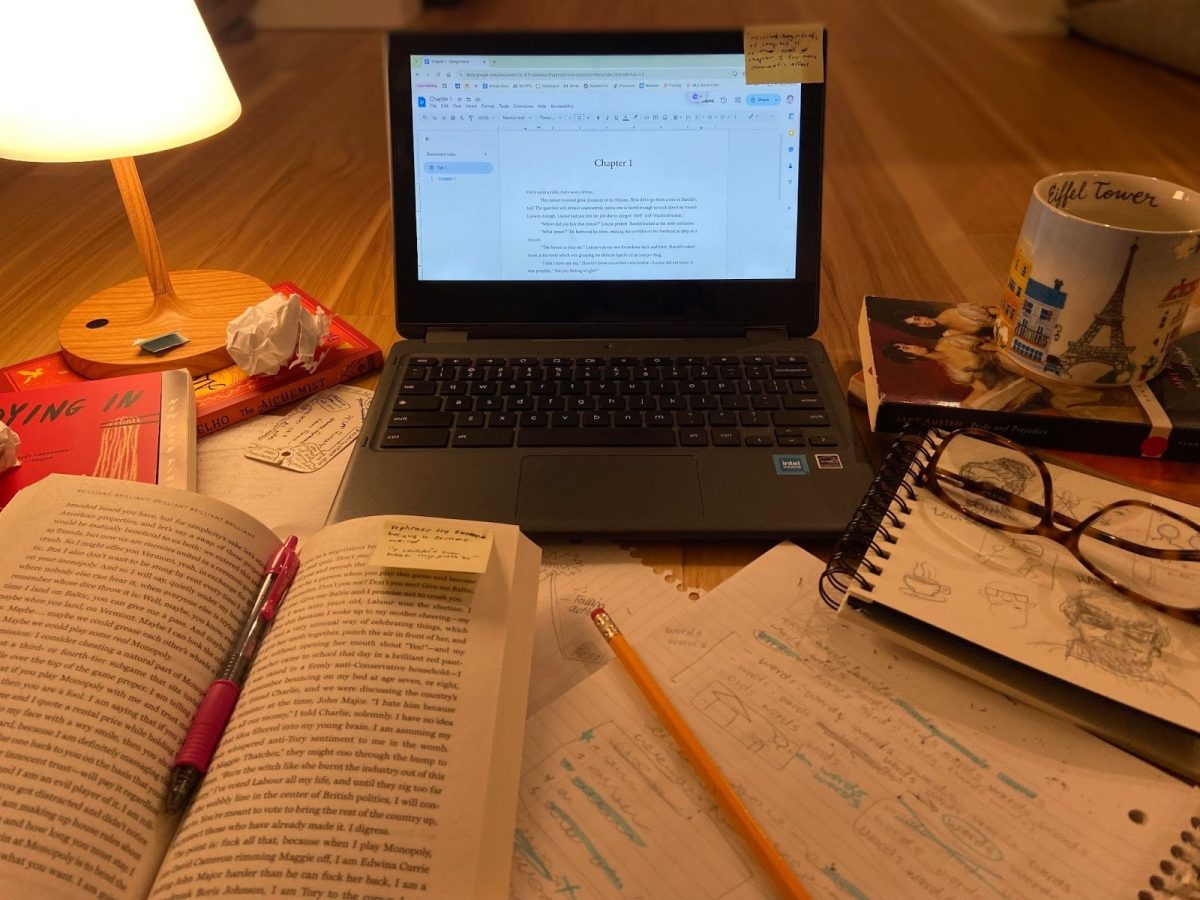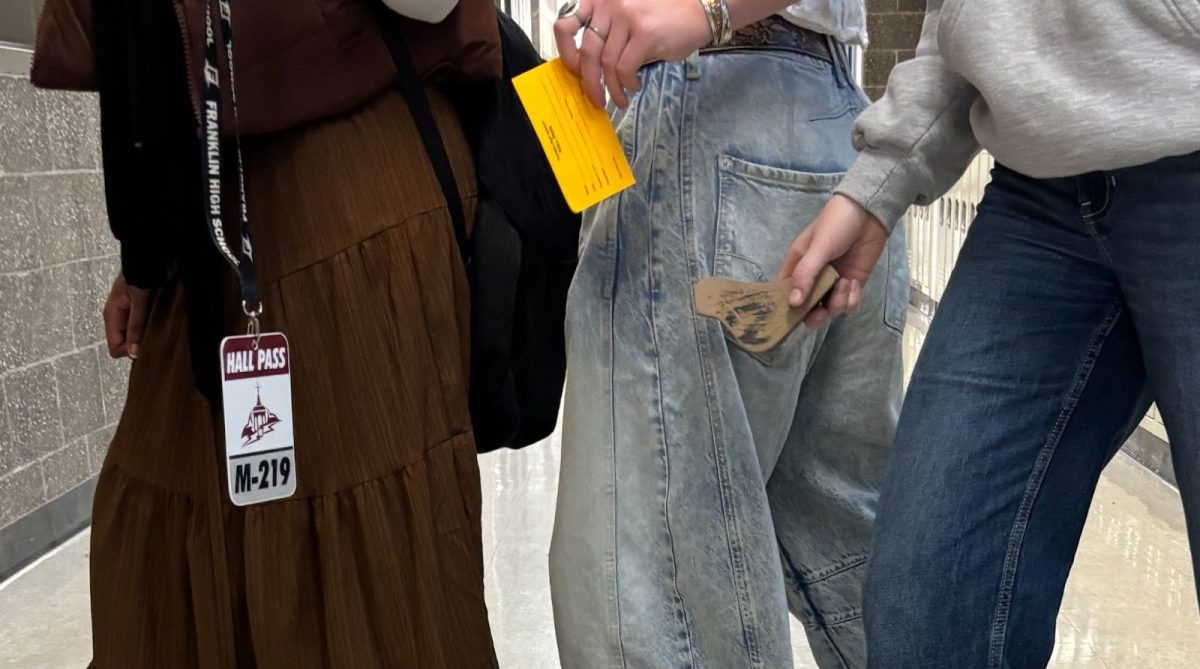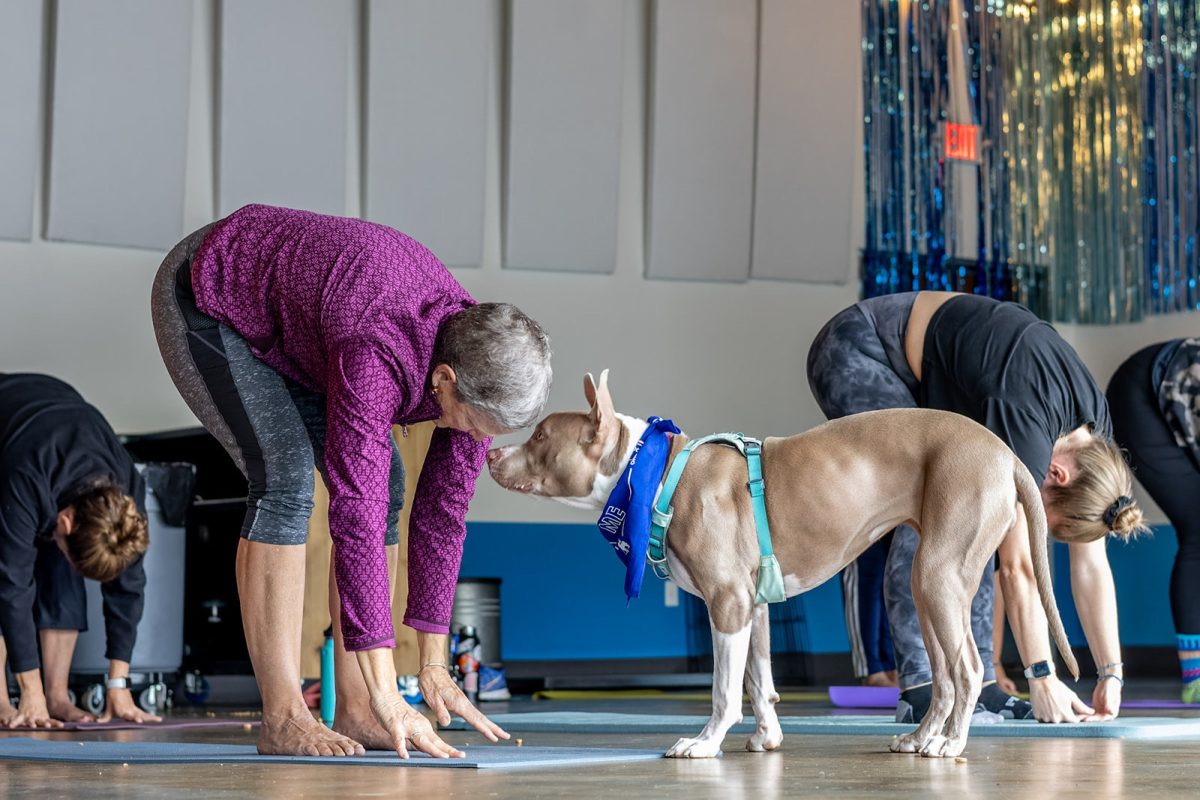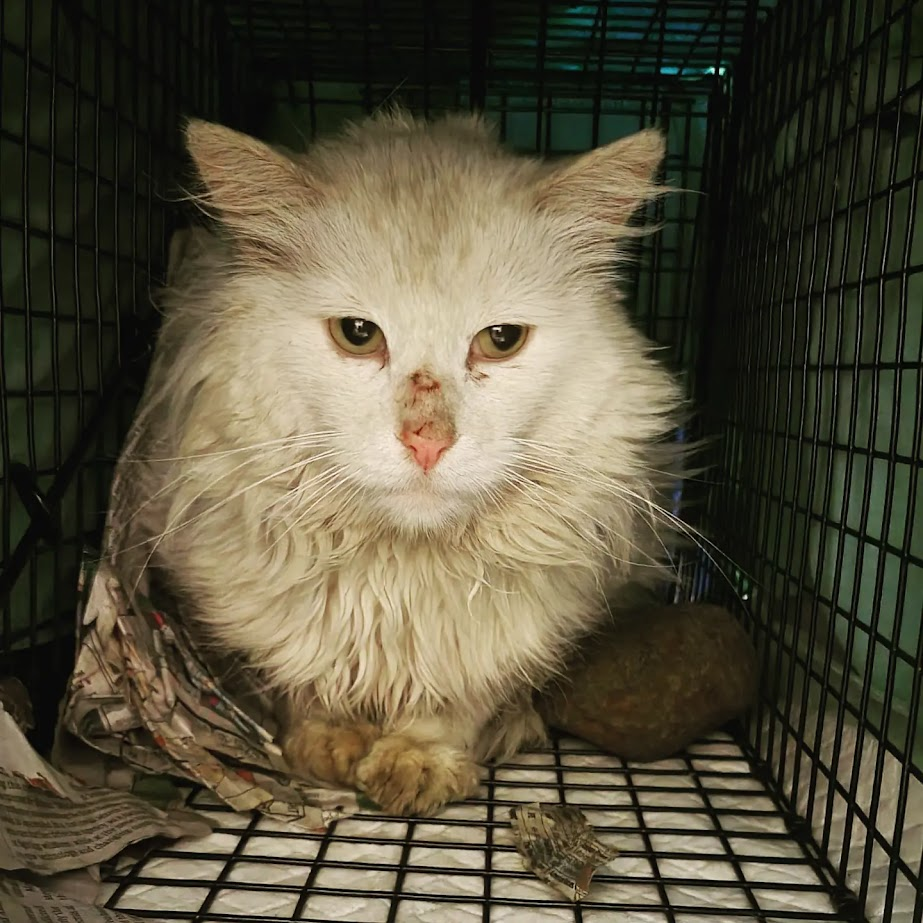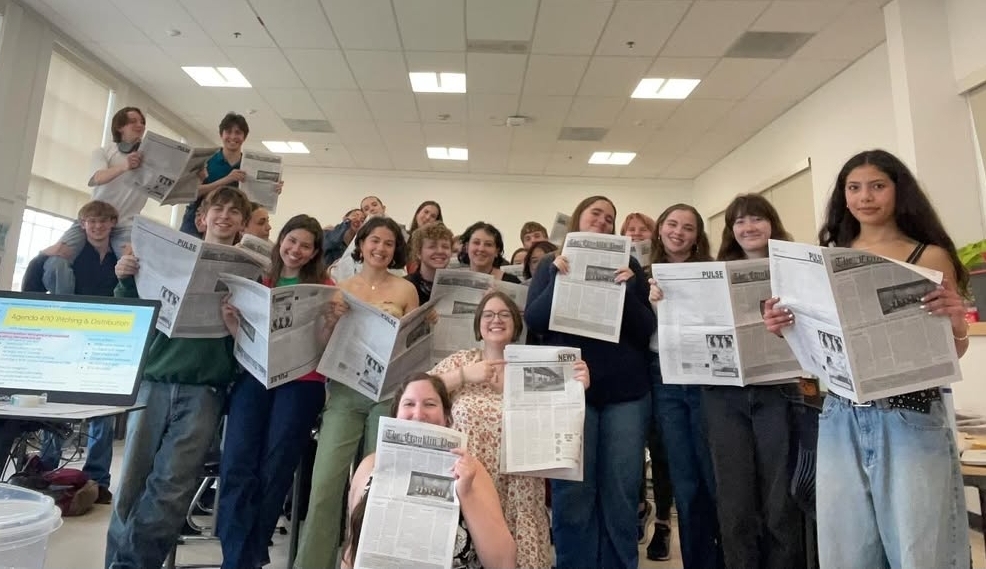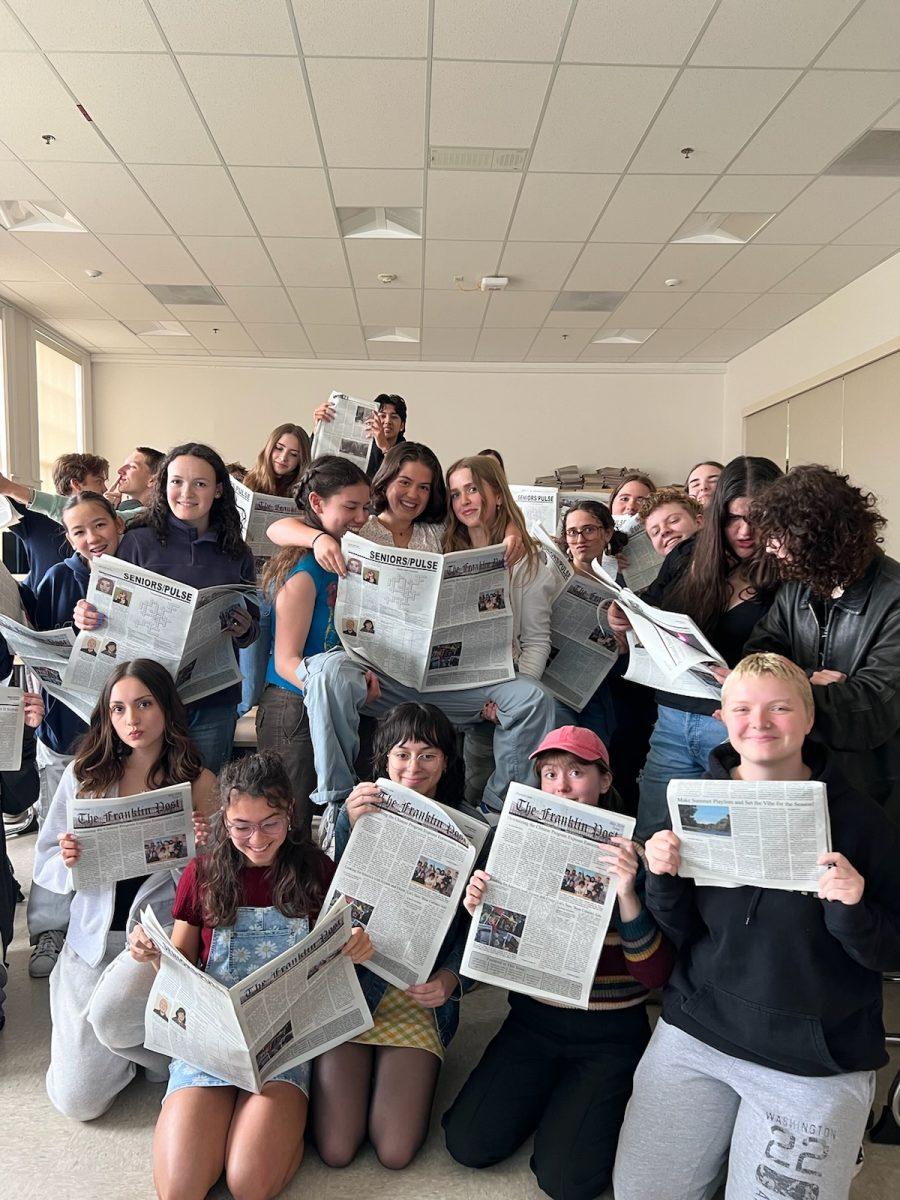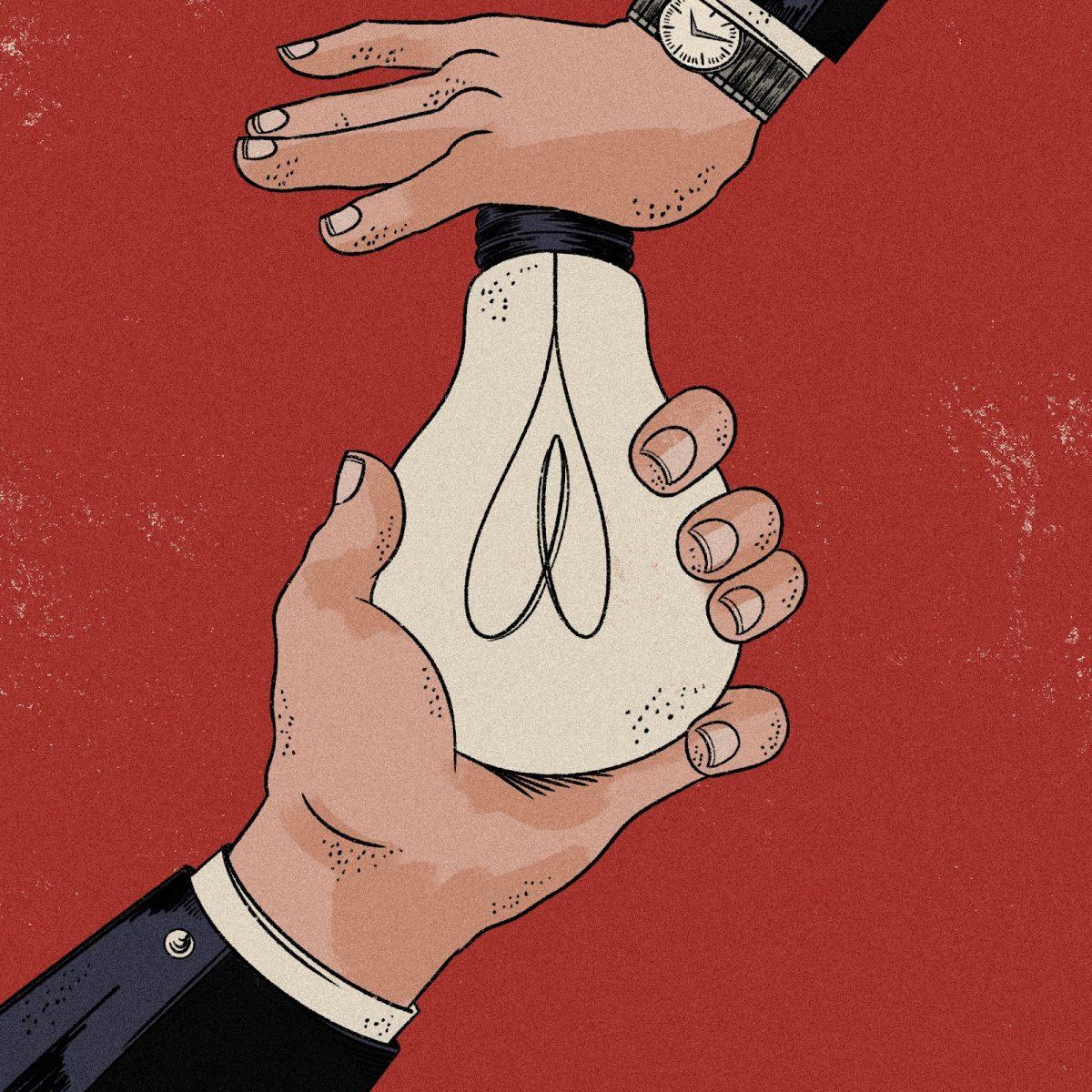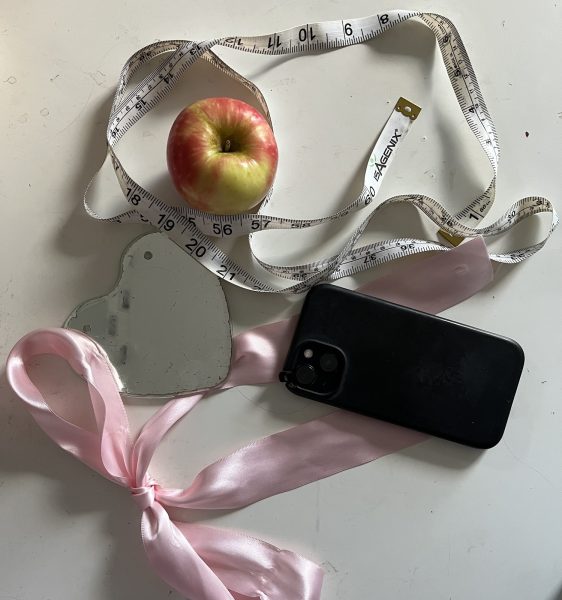
Content Warning: This article discusses weight loss, body image, and eating disorders.
As new trends cycle through social media platforms and the most popular clothes and accessories seem to change overnight, our bodies are becoming a part of those trends too. Every few months, new body types are seen as the most “attractive” ones. Recently, there has been a shift away from the idealized “hourglass” body type — one where curves were welcome so long as they were in the right places — as celebrities and influencers have started to give up their curves in favor of slimming down. People across the fashion and health industries have begun to note this as a return of the societal idealization of extremely thin bodies, something that was abundant during the 2000s. This shift follows the pattern found throughout history; from the athletic look of the ‘80s to the Victoria’s Secret Angels who modeled during the 2000s, society continues to change what body type will be seen as “best.”
During the body positivity movements of the 2010s, various creators and companies were encouraged to reject unrealistic standards and were praised for embracing all body types. Katherine Metzelaar, a nutrition therapist, describes how despite the efforts made by this movement, the desire to be thin never left. Instead, it “was just a little bit more hidden.” Metzelaar explains, “The thin ideal has long existed and is still around and omnipresent.”
These beauty standards are often promoted by the actions and lifestyles of the most influential people online. According to Newsweek, in the past few years there have been declarations across online platforms that everyone in Hollywood seems to be taking Ozempic. This is a drug that contains semaglutide which is intended to treat Type Two Diabetes but can also be used as a weight loss supplement, as it mimics the naturally occurring hormone that reduces someone’s appetite. It did not take long for the drug to be sought after by people who wanted to lose weight just like their favorite celebrities and influencers. Teen girls of healthy weights started to post about needing the drug so they could finally lose weight, so they could finally feel pretty, so they could finally feel loved.
Teen girls are posting summer wishlists with Ozempic at the top and the biggest influencers all seem to be sharing the exact steps you need to follow if you want to look like them. Everywhere you look on social media, there are posts dripping in insecurity and filled with self-hate, cloaked in the language of self love. There are endless videos promoting specific body types, and influencers advising their followers on how to get it.
Advice and inspiration to live a healthier lifestyle are not harmful on the surface. However, posts can cross the line when influencers promote their habits, recipes, and workout plans, as the key to having a body like theirs. Posts promote their body as the end goal of implementing the healthy habits they share, rather than just a healthy lifestyle, when they include frequent “body checking” — a term regarding when someone is hyper focused on their weight resulting in behaviors like showing off various features of their body, especially their thinness, online.
Metzelaar describes our culture as one where undereating, avoiding certain food groups, and intense dieting are all so normalized. She expands on this, “It manifests on TikTok [and other social media platforms] when someone that has a lot of influence and power, who usually has a thin body, starts to say or act [like] if you do [what they do] then you might look like them, even [when] they’re not explicitly saying that.” She expands on how this kind of content can be promoted in more subtle ways than direct connections between an influencer’s habits and their appearance. The way our culture treats food can make seemingly light-hearted trends like “girl dinner” have undertones of the romanticization of undereating. Metzelaar highlights how this is the case when these “girl dinners” became women posting enough food to be classified as a snack, but displaying it as a full meal.
This type of content becomes increasingly dangerous when there are no guidelines keeping influencers from posting content that promotes drastic and dangerous measures to achieve a body like theirs. Jemma Haythorne, a body image and food freedom coach, describes the normalized types of content that can have detrimental effects: “Social media will show you fat loss products, ‘what I eat in a day’ videos with super low calories, problematic prescriptive advice about nutrition from unqualified people, and edited, posed unattainable bodies.” The cost of the idealization of specific body types over health is a situation where, as Haythorne describes, “Weight loss is praised, regardless of the methods taken to achieve it.”
Jessica Jamison, a licensed mental health counselor and certified personal trainer, describes how content often prioritizes a thin body over a healthy one. She explains how this “can create a false idea that being thin at all costs is ideal when in reality, eating disorders are serious mental health conditions that can be life-threatening.”
It does not take long for this kind of content to have an impact on the actions and lifestyles of consumers. A study by King University found that among teen girls who began to be exposed to content that encouraged unhealthy ways to lose weight and disordered eating, “Female respondents with a normal [Body Mass Index] and no history or predisposition to [eating disorders] cut calorie intake by an average of 20% after a week of exposure to such content compared to groups exposed to healthier exercise and nutrition accounts.” These findings examined the impacts of a week of negative content, but as most people consume content on social media daily, the promotion of disordered eating can have even more disastrous effects.
A Franklin freshman explains how they first started comparing their body to others in “fifth or sixth grade.” This age group is often the most susceptible to the content they are consuming. This can become dangerous when they begin to use social media platforms without any guidelines and quickly become exposed to posts that promote unhealthy habits and unattainable bodies. The freshman I spoke to has had to navigate a presence online while growing up, and describes: “Despite knowing rationally that everyone looks different … it doesn’t help when [perfection] is what you’re exposed to [online].”
With no single culprit responsible for this, how can it be fixed? Haythorne explains that she believes, “The problem [with diet culture] lies in the fact that this is a ‘culture’ — it’s not just something that some individuals choose to do, it’s something that we are led to believe we all ‘should’ be doing.” With this culture shown among the posts promoting disordered eating and uplifting the smallest bodies possible, influencers may not be the ones who initially instilled the idolization of skinniness in us, but they are still responsible for upholding such standards.
Some social media influencers believe that a key way to tear down the beliefs instilled by pro-eating disorder content is by promoting truly balanced and healthy lifestyles. Emily Sheldon is an influencer who shares weight loss tips through things like workout plans and “what I eat in a day” videos, and believes that “content creators have a lot of responsibility when posting content.” Sheldon explains how she has seen many young women develop unhealthy relationships with their bodies and food because of the way social media promotes undereating and over-exercising. Because of this, she believes it is important that there is a shift to “healthy influencers, promoting high protein and nutritious diets, weight lifting, and balance.”
Sheldon has struggled with her body image since she was an early teen, and because of this, she is cautious of how her content could be perceived by young kids and teens. “I do not think weight loss content should be accessible to everyone. I personally block many of my posts from those under 18.” Actions like these aim to provide weight loss content only to those mature enough to implement the advice into their lives in healthy, sustainable ways.
The issue of our bodies being treated like trends to change out like the clothes in your closet, is the fact that social media is just one part of the puzzle. While unrealistic standards online can make anyone feel insecure and promote dangerous relationships with eating, no single influencer is causing this issue. This problem is tied to all parts of our society, and until there is true acceptance of everyone’s worth, no matter what their body looks like, social media has the power to be a weapon or a tool.
When navigating online spaces, it is important to acknowledge how algorithms can feed you content filled with unattainable bodies and influencers recommending harmful eating habits. However, there are pockets of social media that aim to promote the opposite, aiming to support individuals in healing their relationship with their body and with food. Influencers like Jamison, Metzelaar, and Haythorne all aim to use their knowledge from working one-on-one with individuals on their journey in self-love to post about that very support. Haythorne specifically recommends three ways to reduce the negative impacts social media has on one’s body image: “Unfollow or mute anyone who makes you feel bad about yourself, … follow a wide variety of bodies, … [and] find and join a body positive community.”



